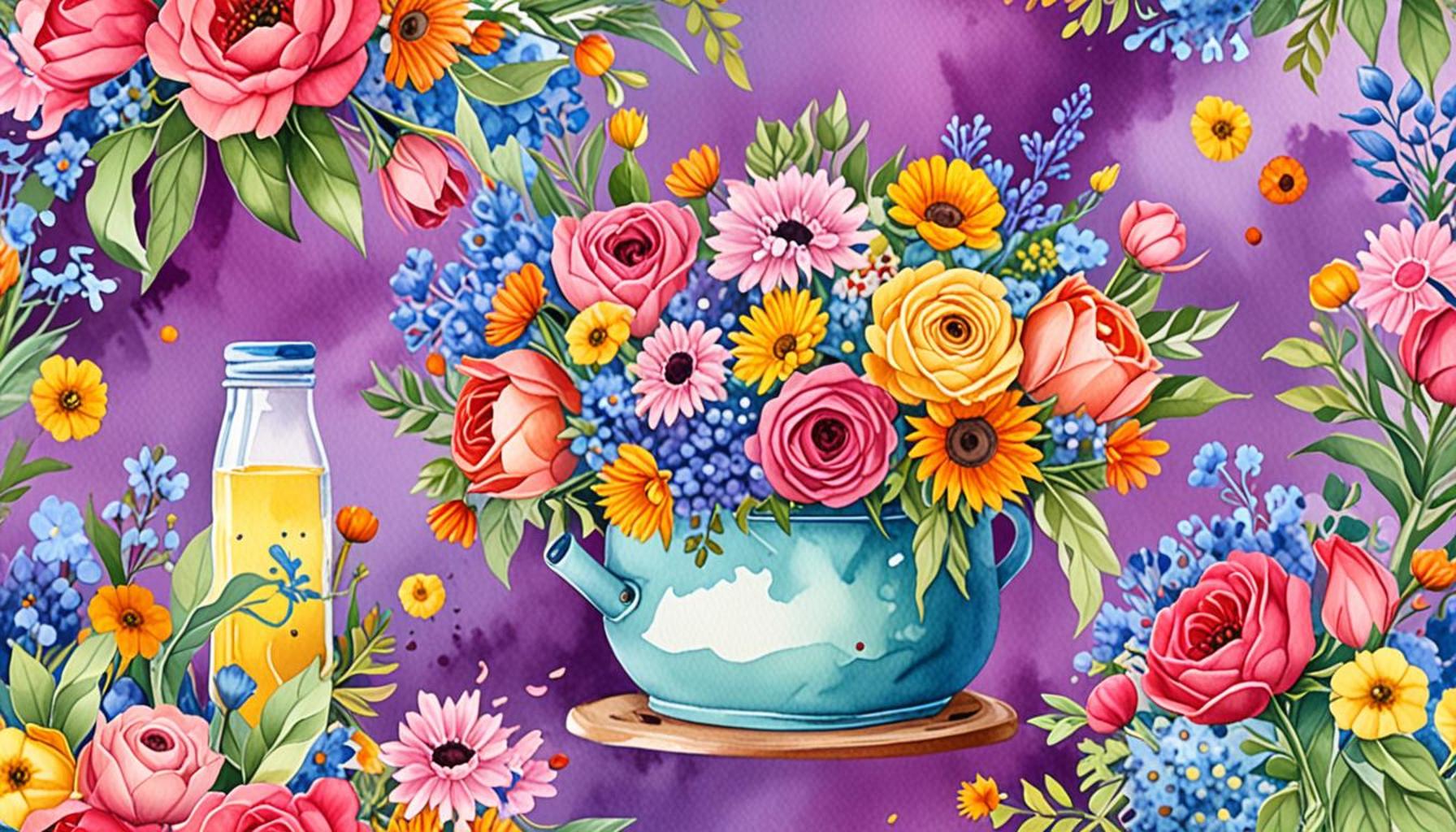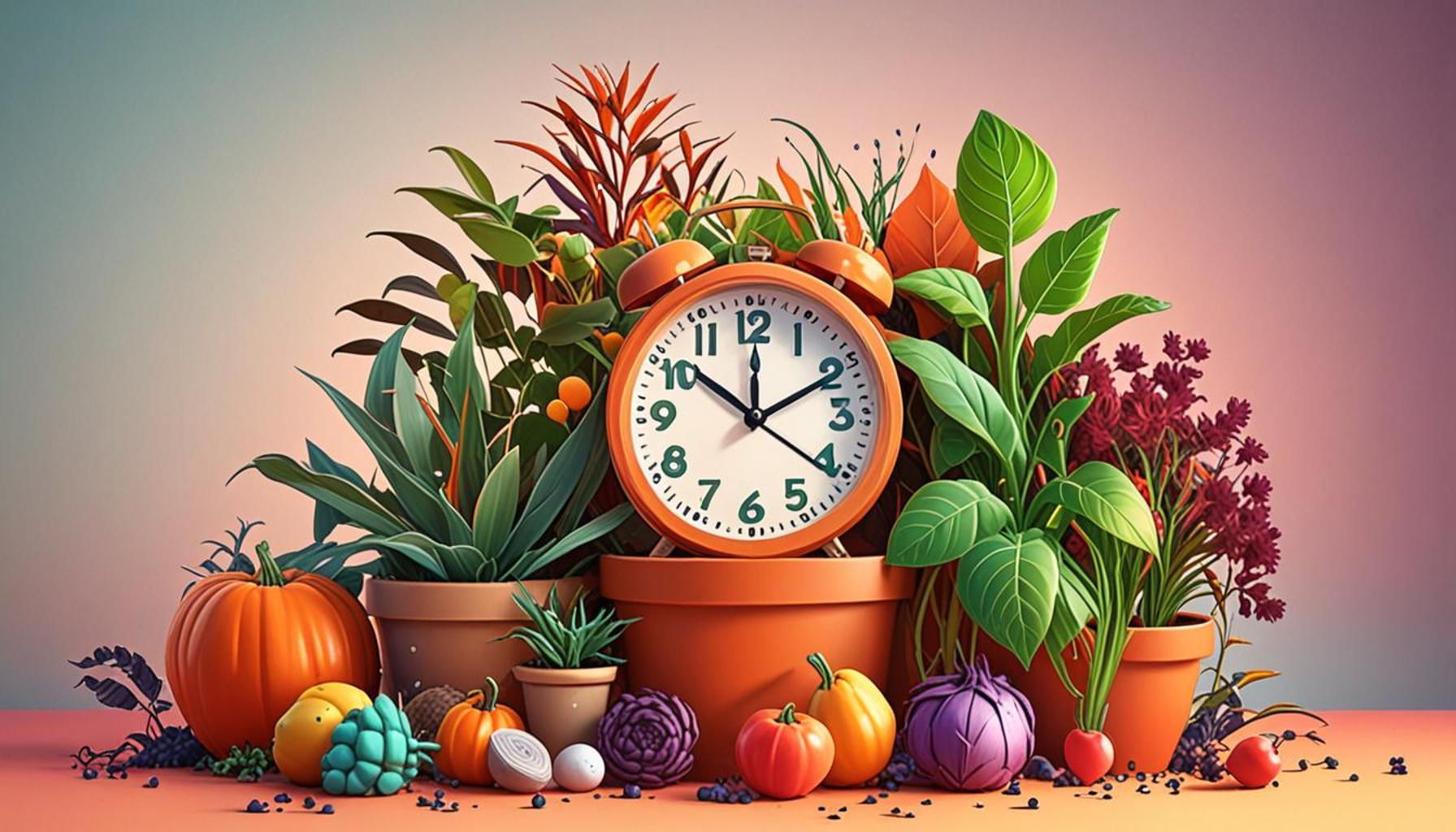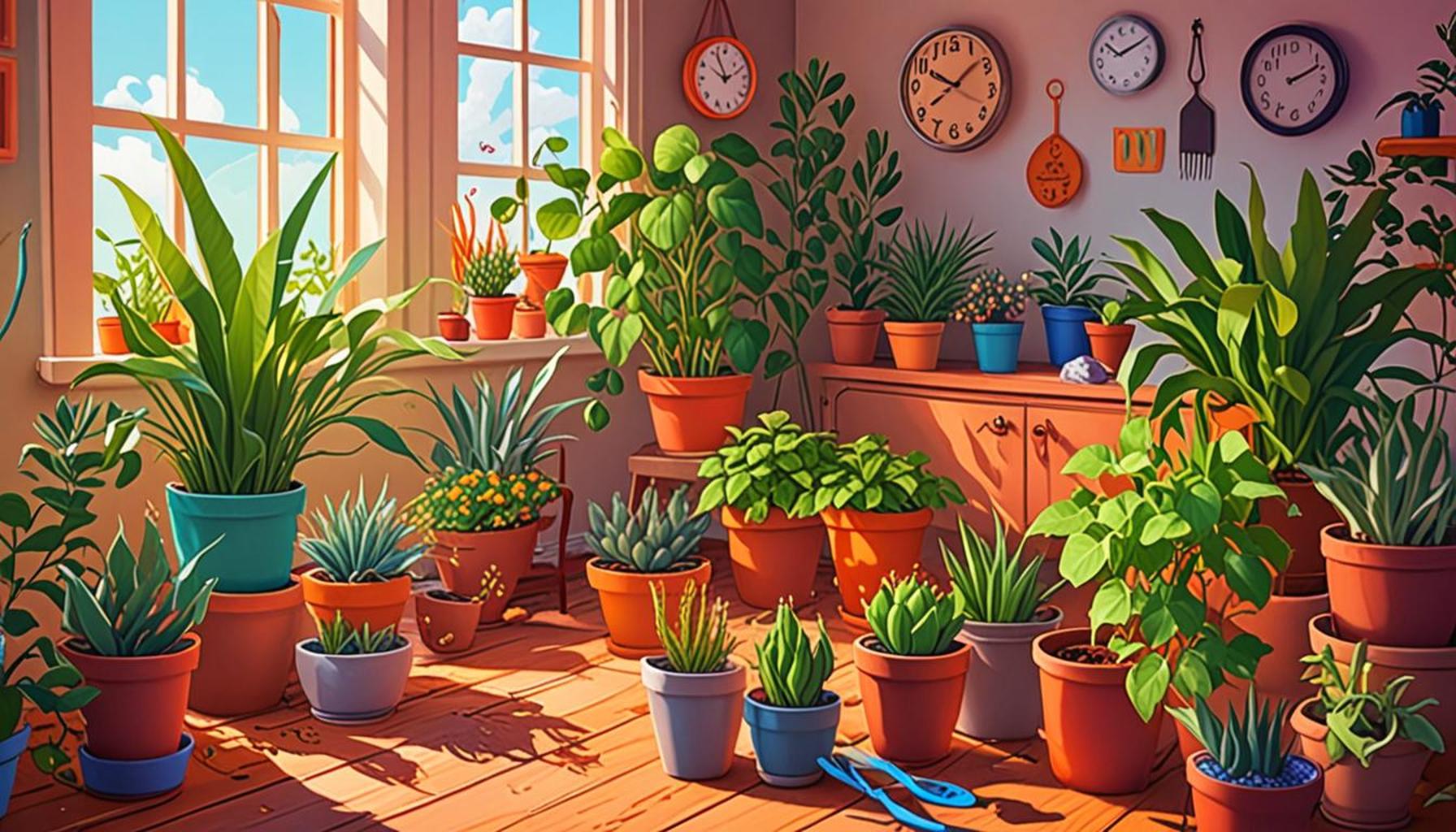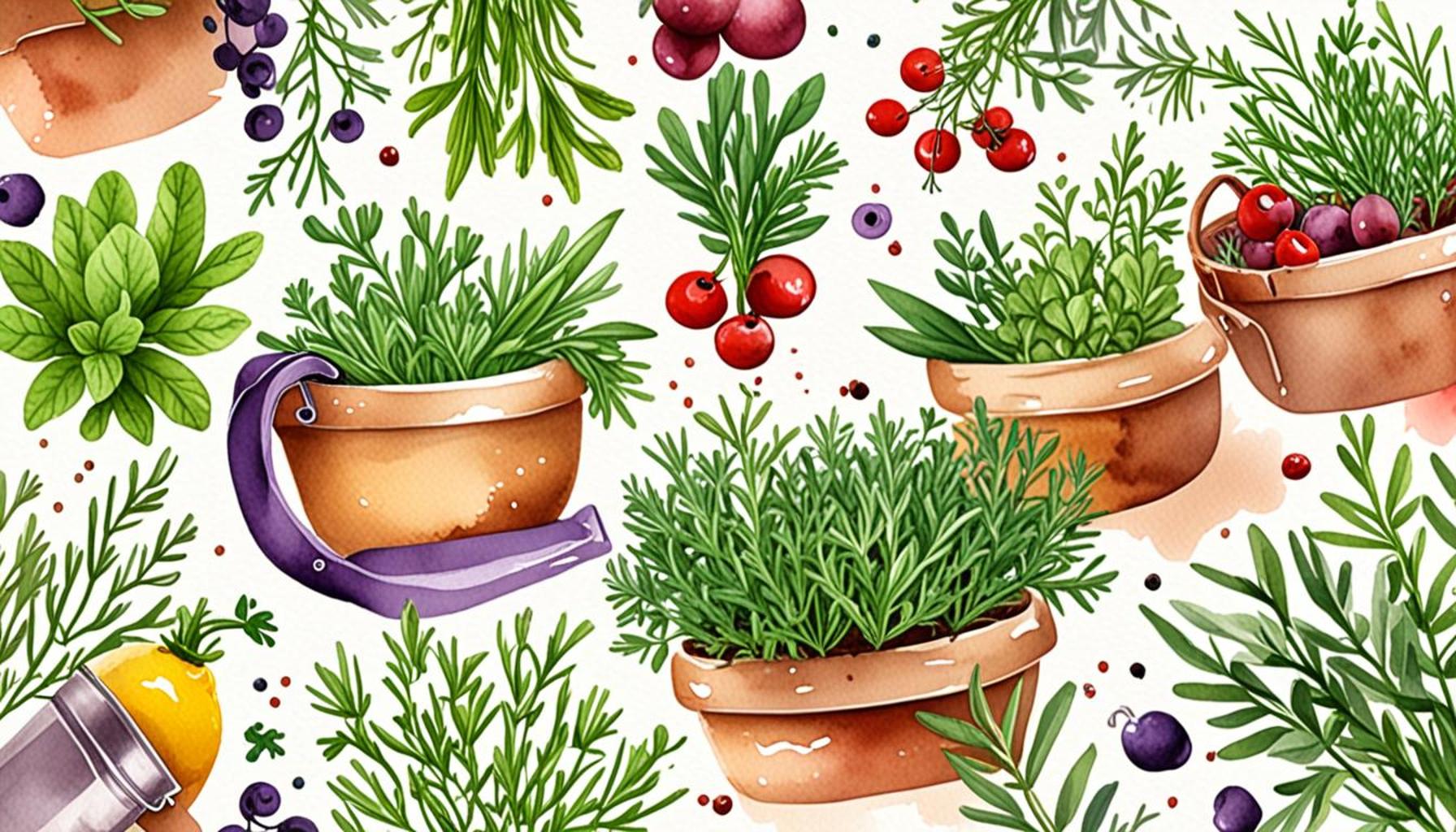How to Harvest Flowers Using Techniques that Extend Their Lifespan in Arrangements

Mastering Flower Harvesting for Longevity
Flowers bring vibrancy and life into any setting, but what if you could extend their beauty even longer? Understanding how to harvest flowers not only enhances their aesthetic appeal but also significantly boosts their lifespan in arrangements. By employing specific techniques, flower enthusiasts can enjoy the beauty of freshly cut blooms for days, if not weeks. This article will delve into not only the techniques for harvesting flowers but also the various factors that contribute to their longevity.
Consider these essential harvesting techniques:
- Time of Day: The best time to harvest is early in the morning or late in the afternoon. During these times, the temperatures are cooler and the flowers are fully hydrated, maximizing their freshness. For instance, garden roses, when cut in the early morning, can last much longer due to the dew that has gathered overnight.
- Cutting Method: Utilizing sharp tools and making clean cuts can prevent damage and promote healing. A clean diagonal cut increases the surface area for water uptake. Gardeners often recommend using pruning shears rather than scissors, as the latter can crush stems and hinder their ability to absorb water.
- Stem Treatment: Immediately placing stems in water helps retain moisture. Submerging the lower part of the stem in warm water for a short period can dissolve air bubbles in the vessels, enhancing the flower’s water uptake. This is particularly crucial for blooms such as sunflowers, which are notorious for wilting if not treated properly.
In addition to techniques, various factors can affect flower longevity, each influencing how well your flowers will perform in arrangements:
- Variety: Some flowers naturally last longer than others, such as chrysanthemums and alstroemeria, which can remain vibrant for up to two weeks. Understanding the lifespans of different varieties allows you to mix and match for the longest-lasting arrangements.
- Environmental Conditions: Temperature and humidity play crucial roles in flower preservation. For example, keeping cut flowers in cooler temperatures and away from direct sunlight can markedly slow down their decay process. Flowers like lilies thrive in moderate humidity, while others, such as daisies, prefer drier conditions.
- Post-Harvest Care: Proper treatment after harvesting can prevent premature wilting. This includes removing any leaves that will be submerged in water, as they can promote bacterial growth. Adding flower food to the water, which includes vital nutrients, can also keep blooms thriving longer.
By implementing these harvesting techniques and considering the factors involved, you can transform your flower arrangements into lasting displays of color and charm. Dedicating time and attention to how you handle your blooms will reward you with stunning arrangements that brighten your home, special events, or even gifts for loved ones. With the right knowledge and practices, anyone can master the art of flower harvesting for lasting beauty. So why not take the plunge into the world of floristry? Your next bouquet might just take the spotlight for longer than you ever imagined!
DISCOVER MORE: Click here to learn about effective pest control
Essential Techniques for Effective Flower Harvesting
To initiate your journey into extending the lifespan of cut flowers, it is crucial to understand the techniques that lay the foundation for successful harvesting. Each method plays a significant role in ensuring that your floral arrangements maintain their aesthetic appeal over time. Here’s a deeper look into the most impactful practices that every flower enthusiast should consider:
- Pruning Timing: Knowing when to prune can drastically influence the vitality of your blooms. The early morning, just after dawn, is the optimal time for harvesting flowers. At this hour, plants are loaded with moisture from overnight dew, contributing to maximum hydration. Conversely, late afternoons are also favorable, as the sun’s intensity wanes. For roses, for instance, early harvesting not only captures their vibrant hues but also aids in prolonging their shelf life, making these flowers an ideal choice for arrangements.
- Proper Tools: Using the right tools cannot be overstated. A pair of sharp pruning shears or garden scissors is critical to ensure clean cuts. This minimizes stem damage and allows for better water absorption. A diagonal cut is most beneficial as it increases the surface area, enabling the flowers to drink more efficiently. Avoid using dull or inadequate tools; not only do they make the process cumbersome, but they can also hinder the flowers’ ability to thrive.
- Immediate Water Placement: Once the flowers have been harvested, their journey to the vase should be swift. Placing the stems in water as soon as possible is vital. For highly perishable varieties, such as sweet peas or peonies, submerging the stems in warm water for at least 30 minutes can significantly help to clear air bubbles from the vessels. This simple technique is crucial for maintaining hydration levels and ensuring the blooms stay perky and full of life.
Moreover, understanding what enhances the overall quality of your floral arrangements will further elevate their longevity. Not all flowers exhibit the same durability, and some require specific environmental conditions. Familiarizing yourself with the characteristics of the flowers you choose will improve your arrangements’ longevity. Below are some additional aspects to consider:
- Flower Variety: Familiarize yourself with which varieties last longer. For example, snapdragons and zinnias can endure for a week or two if cared for correctly. They can serve as a reliable foundation in any arrangement you create.
- Environmental Control: Maintaining optimal environmental conditions is imperative. Keep floral arrangements in cool, shaded areas and away from direct heat or drafts, which could deteriorate their freshness. Flowers like gerbera daisies prefer moderate humidity, while other varieties, such as orchids, might need slightly drier conditions to thrive.
- Post-Harvest Maintenance: Investing time into post-harvesting care can make all the difference. It’s advisable to remove any excess foliage from the bottom of the stems that will be placed underwater, as submerged leaves can foster bacterial growth. Utilizing flower food will not only provide necessary nutrients but will also aid in reducing bacterial presence in the water, helping your flowers last longer.
By mastering these essential techniques in your flower harvesting routine, you can turn a fleeting bouquet into a lasting focal point in your home or event. Investing time and attention in these early stages will ultimately reward you with flowers that retain their beauty and grace well beyond the conventional lifespan.
| Advantage | Technique |
|---|---|
| Increased Longevity | Proper Cutting at the right time ensures flowers last longer. |
| Enhanced Aesthetics | Selective Harvesting allows for a beautiful, diverse arrangement. |
| Disease Prevention | Sanitizing Tools minimizes the risk of infections in blossoms. |
| Water Retention | Immediate Watering post-harvest helps flowers stay hydrated. |
Utilizing the right techniques during flower harvesting can significantly alter the longevity and quality of your arrangements. One major advantage is increased longevity; proper cutting practices ensure that flowers can thrive longer when placed in arrangements. Selecting the right time to harvest can directly influence their lifespan, creating an inviting display.Another notable benefit is enhanced aesthetics. Selective harvesting allows you to choose the finest blooms, increasing visual appeal with a diverse range of colors and shapes, drawing the eye with vibrant arrangements. Furthermore, attention to detail while harvesting can drastically reduce the risk of disease. By ensuring tools are sanitized, you create a healthier environment for the flowers.Ensuring that flowers maintain their freshness also involves proper hydration techniques. Immediate watering once harvested helps to replenish any lost moisture and ensures that they remain robust for a longer period. This holistic approach to flower harvesting can significantly enhance your floral arrangements, inviting readers to investigate further into advanced techniques that can make their displays last beautifully.
EXPLORE MORE: Click here for essential tips
Advanced Practices That Enhance Longevity of Cut Flowers
In addition to the foundational techniques of flower harvesting, there are advanced practices and strategies that can be employed to extend the lifespan of cut flowers even further. These tips not only enhance the beauty of your arrangements but also provide essential care that keeps your blooms vibrant for days on end.
- Underwater Cutting: One effective technique to prevent air bubbles from blocking water uptake is underwater cutting. After harvesting your flowers, place the stems in a basin of water and make a diagonal cut while they are submerged. This method allows for a cleaner cut and prevents air from entering the stem, ensuring that the flowers can quickly absorb water. This technique is particularly beneficial for delicate flowers such as hydrangeas and tulips, which are less tolerant of dehydration.
- Temperature Management: The temperature at which you store your cut flowers plays a crucial role in their longevity. For many flower types, a cooler environment helps slow down the aging process. Aim to keep your arrangements in a temperature range between 36 to 50 degrees Fahrenheit. Avoid placing your flowers near fruit or vegetables, as the ethylene gas released can cause premature wilting. Keeping your blooms in a temperature-controlled space can significantly enhance their vase life.
- Water Quality: The quality of the water used in your arrangement can vastly influence the health of the flowers. Make sure to use clean, room-temperature water mixed with appropriate flower preservatives that contain nutrients and anti-bacterial agents. It’s advisable to change the water every couple of days, ensuring that it remains free of debris and harmful bacteria. Additionally, using distilled or filtered water can improve results, as it lacks the chlorine and impurities found in tap water that may be detrimental to the flowers.
Understanding the interaction between different flower species can also play a pivotal role in your arrangements. Here are some harmonious combinations and other considerations:
- Complementary Flower Pairings: Some flowers thrive together while others may negatively affect their neighbors. For instance, flowers like lilies and daffodils produce sap that can shorten the lifespan of nearby blooms. Conversely, pairing snapdragons with daisies can create an aesthetically pleasing and long-lasting arrangement. Researching which flowers are compatible can help you craft arrangements that not only look beautiful but also last longer.
- Adding Filler Flowers Wisely: When creating your arrangements, consider adding filler flowers such as baby’s breath or solidago. These flowers add volume and visual interest, but they can also assist with the absorption of water, as their dense stem structure complements moisture uptake for the surrounding blooms. Properly placed fillers can create a buoying effect, allowing main flowers to stay upright longer, maximizing their lifespan.
- Regular Flower Inspection: Routine maintenance is essential to keeping your arrangements looking fresh. Remove any wilting or browning flowers immediately to prevent rot from spreading to healthy stems. This practice not only maintains the visual allure of your arrangement but also improves airflow and water circulation among the remaining flowers, promoting their vitality.
By incorporating these advanced techniques into your flower harvesting and arrangement practices, you can create stunning displays that tell stories and captivate the senses for significantly longer periods. Whether for a special event or simply to enliven your home, investing time into these methods will reward you with a flourishing garden indoors.
DON’T MISS OUT: Click here to learn how to keep your blooms fresh</a
Conclusion
Mastering the art of harvesting flowers using techniques that extend their lifespan is an essential skill for anyone looking to enhance their floral arrangements. Through proper methods such as underwater cutting, temperature management, and utilizing high-quality water, you can significantly prolong the beauty of your cut blooms. Additionally, understanding the compatibility of different flower species and the strategic use of fillers can create harmoniously balanced and enduring displays.
Maintaining regular flower inspections ensures that your arrangements not only remain visually appealing but also continue to thrive longer than average. This attention to detail in both the harvesting and care process opens new possibilities to enjoy the vibrancy of fresh flowers for extended periods, whether for celebrations or personal enjoyment.
As you explore these advanced techniques, consider experimenting with various combinations of flowers to discover unique arrangements that reflect your personal style and elevate any space. The joy of creating stunning floral displays lies not only in their immediate beauty but also in the lasting memories they evoke. With a little effort and knowledge, you can transform your home or event space into a flourishing garden that captivates and delights, making every occasion a memorable one. Embrace the practice of these techniques, and let your creativity blossom alongside your flowers.


